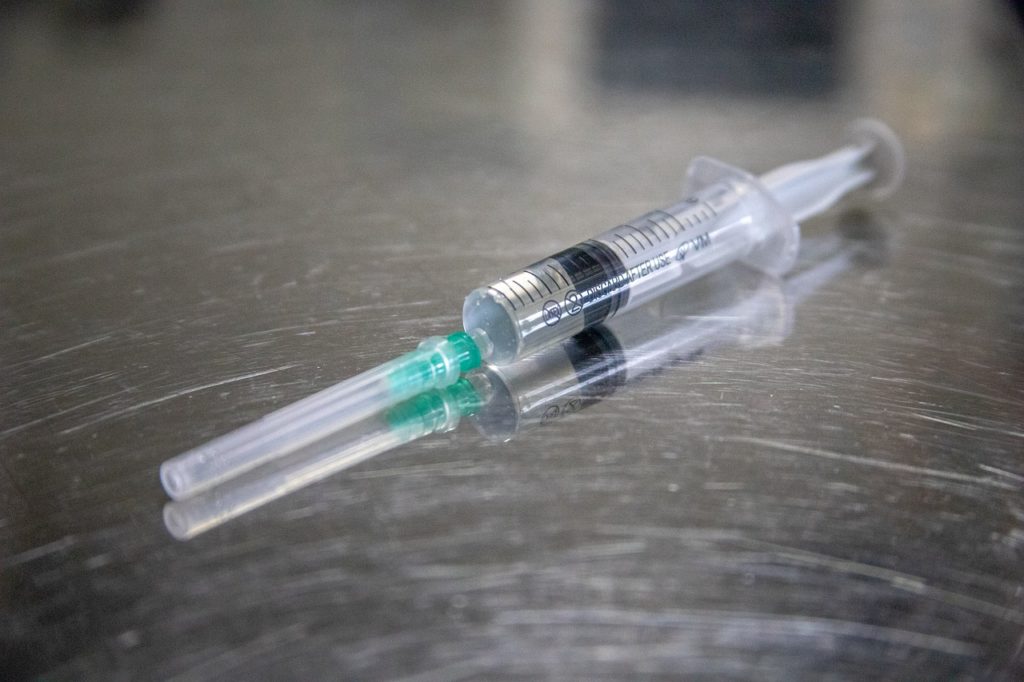Opioid abuse has plenty of dangers: Bad batches. Fentanyl contamination. Assault. Overdose.
But skin lesions and amputations?
In some cities, opioid users are experiencing terrible injuries from opioid use. It’s thought to be due to the presence of xylazine, a powerful veterinary tranquilizer used on cattle, horses, and other large animals.
Believe it: a study recently published in BMJ Journals found the presence of xylazine in fatal overdoses in Philadelphia increased from less than 2% to 31% in a decade.
Called “tranq dope,” the mixture appears to not only increase the rate of overdose in people but also cause terrible wounds in opioid users. The wounds’ severity has resulted in amputations for some.
Worst of all, a study published in April 2022 in the journal Drug and Alcohol Dependence has found xylazine is showing up in drug markets nationwide.

What Is Xylazine?
As we said, Xylazine is a drug marketed to veterinarians as a sedative, muscle relaxant, and painkiller for larger animals. It’s not a controlled substance, either; it can be obtained through veterinary supply companies.
Unfortunately, xylazine has been recreationally used for decades – particularly in Puerto Rico. With sedative effects similar to opioids such as heroin, it’s been used in place of – and with – heroin.
There isn’t a clear reason why xylazine causes skin lesions. Wounds are common when abusing street opioids, but normally they’re found at injection sites. Tranq dope users, meanwhile, report finding lesions all over their body, even in places where they’ve never shot drugs. Some studies seem to show xylazine triggers a response in the skin which lowers the amount of oxygen in the skin, creating abscesses and other wounds.
As studies continue, the tranq dope phenomenon is yet another reminder of why opioid abuse is so dangerous.
Why Opioid Use Is So Dangerous
Heroin and other opioids are highly addictive substances that can have serious consequences for your health and wellbeing. If you’re struggling with opioid abuse, it’s important to seek help from a qualified professional.
The dangers of opioid abuse run far deeper than addiction:
Contaminated drugs: Fentanyl, a powerful synthetic painkiller, often shows up in drug stashes. Used as a cutting agent to lengthen drug supplies, fentanyl is toxic in very small doses. Because of its potency, a person used to a particular dose of heroin may find themselves ingesting a far stronger version of it, resulting in a fatal overdose. Which leads us to …
Fatal overdoses: While the increased availability of Narcan, supervised injection sites and “Good Samaritan” laws have helped, there is an ever-increasing number of opioid overdoses in the US. Opioids are one of the most lethal drugs on the market and abusing them is almost guaranteed to result in an overdose. Toxic additives like fentanyl and xylazine only add to the risk.
Assaults: Drug use is risky in other ways. Purchasing drugs often put users in danger from robbery, assault, and worse.
Bloodborne diseases: Hepatitis C and HIV are major risk factors from IV drug use. Plus, IV drug users also run the risk of injuries such as abscesses and collapsed veins.
How Sober Living Helps
Sober living communities provide a safe and structured environment for people in early recovery. They offer support and accountability to help residents stay on track with their sobriety goals.
Sober living homes are often located in areas with high concentrations of resources for addiction treatment, making it easy for residents to find the help they need. In addition, sober living homes typically have strict policies against drug use, providing an extra layer of protection against relapse, to say nothing of the other risks of opioid abuse.
But how to find a sober living home that’s right for you?
Finding A Sober Home For You
Finding a sober living house can be difficult; there are many in the US to choose from. But making the effort to find one that’s right for you is worth it. Sober living not only protects you from opioid abuse; it also helps you remain sober.
There are many kinds of sober homes available. Some are affiliated with an addiction center or drug rehab; others are independently operated. Some sober homes restrict residency to a particular gender or age group; others may be co-ed.
Living in close quarters with others means finding a sober home you’re comfortable with is paramount. Trust is everything in recovering from drug & alcohol abuse and living in an environment which is unsafe or uncomfortable can jeopardize a person’s recovery.
That’s why we created SoberLivingNearYou.com. Our registry has a vast assortment of sober homes across the US. With our site, finding a sober home near you for your budget and needs is easier than ever.
Start searching today with SoberLivingNearYou.com!



